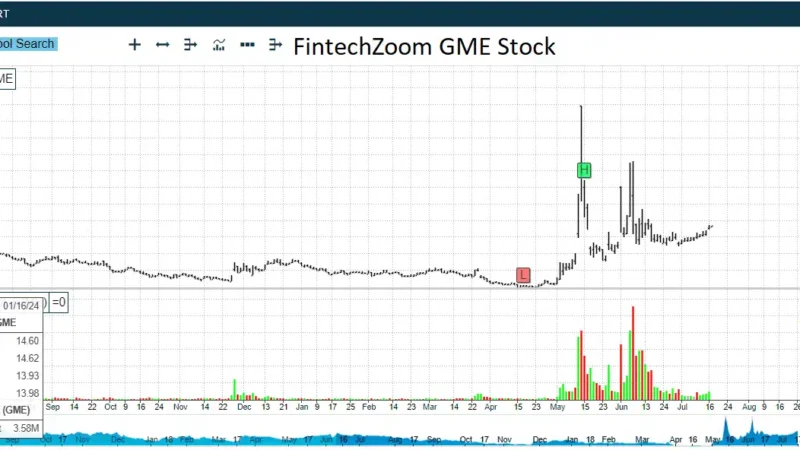Navigating the Maze of Decision-Making with Assumira

Introduction
Making effective decisions can often feel like navigating a complex maze. With so much conflicting information and unclear reasoning, it’s easy to get lost in a sea of assumptions. But don’t worry! Assumira is here to help guide you through this intricate labyrinth.
In this blog, we will explore how assumptions affect our decision-making. We’ll show you how to uncover and challenge these hidden biases, and provide practical strategies using Assumira to help you make confident decisions.
How Assumptions Impact Decision-Making

Understanding Assumptions
Assumptions are like invisible filters that shape how we see the world and make decisions. They quietly influence what information we find important and how we interpret it. However, these subtle assumptions can mislead us, clouding our judgment and making it harder to make effective decisions.
Real-World Examples
Imagine a company deciding whether to launch a new product. If they assume their target audience prefers certain features without questioning this belief, they might end up with a product that doesn’t meet customer needs, leading to poor sales and dissatisfaction.
Assumptions can also create blind spots, making us ignore alternative viewpoints or potential risks. For example, a manager might assume an employee isn’t ready for a promotion, overlooking their hidden talents and growth potential. This not only affects the employee but also limits the organization’s ability to fully utilize its talent.
Unconscious Biases
Unconscious biases, influenced by societal norms, personal experiences, and cultural backgrounds, also play a significant role in decision-making. These biases can influence our preferences and judgments without us even realizing it. For instance, a hiring manager might favor candidates with similar backgrounds, unintentionally creating a less diverse workforce.
Recognizing and challenging these assumptions and biases is crucial for making fair and inclusive decisions. By seeking out diverse perspectives and questioning our preconceptions, we can uncover hidden biases and make decisions based on objective criteria.
Recognizing and Challenging Assumptions
Self-Awareness
The first step in identifying assumptions is self-awareness. We need to be mindful of the beliefs and biases that guide our thinking. Ask yourself: What are the fundamental assumptions behind my choices? Are they based on solid evidence or just habitual thinking? Questioning the validity of these assumptions is essential because they might be distorting our judgment.
Critical Thinking
Critical thinking is a powerful tool for challenging assumptions. We can uncover hidden biases and faulty logic by asking probing questions and considering different viewpoints. For example, the assumption that a past successful marketing campaign will always boost sales might overlook new variables or alternative strategies.
Data Analysis
Data analysis is another effective way to challenge assumptions. By conducting thorough research and gathering relevant data, we can test our assumptions against empirical evidence. This approach helps us make decisions based on facts rather than guesses.
Collaboration
Collaboration is especially valuable in identifying and challenging assumptions within a team. Encouraging open dialogue and diverse perspectives allows for a comprehensive exploration of different viewpoints. This collective effort helps expose and correct flawed assumptions, leading to better decision-making.
Overcoming Biases in Decision-Making
Common Biases
Confirmation Bias: This bias makes us seek information that confirms our existing beliefs while ignoring conflicting evidence. To overcome it, actively seek diverse perspectives and challenge your assumptions.
Sunk Cost Fallacy: This fallacy traps us in past investments, making us persist in efforts despite diminishing returns. Focus on the current situation and prospects rather than past efforts.
Anchoring Bias: This bias makes us fixate on initial information, ignoring other possibilities. Gather comprehensive data and consider all options before making a decision.
Availability Bias: This bias skews our perception of probabilities based on easily accessible information. Prioritize objective data and consider all available options to mitigate this bias.
Groupthink: Groupthink occurs when the desire for consensus overrides critical thinking. Foster an environment where open dialogue and diverse viewpoints are encouraged to avoid this pitfall.
Effective Tools and Strategies with Assumira
Assumption Mapping
Assumption mapping involves identifying and visually mapping out all assumptions related to a decision or situation. This helps decision-makers assess the validity of each assumption and consider alternative viewpoints.
Scenario Planning
Scenario planning involves creating multiple scenarios based on different sets of assumptions. This allows decision-makers to envision various potential outcomes, anticipate challenges, and make more informed decisions.
Collaborative Decision-Making
Assumira promotes open dialogue and collaboration among team members. By creating an environment where individuals feel empowered to question assumptions and share diverse perspectives, teams can make more robust decisions.
Data Analytics
Assumira provides data analytics tools to extract valuable insights from relevant data sources. These tools support evidence-based decision-making by providing objective information that challenges biases.
Training Programs
Assumira offers training programs to enhance critical thinking skills. Through workshops and coaching sessions, participants learn to identify and challenge personal and organizational biases, making decisions based on systematic evaluation of assumptions.
Real-Life Success Stories with Assumira
Market Entry Success
A multinational corporation was considering entering a new market. Initially, they assumed high demand based on surface-level indicators. By using Assumira’s principles, they conducted in-depth market research and discovered a niche market they had previously overlooked. This led to a successful market entry and highlighted the transformative power of Assumira in strategic decision-making.
Product Development Innovation
A product development team aimed to innovate for their existing customer base. Instead of relying solely on assumptions, they embraced Assumira’s open dialogue approach. Through customer surveys and focus groups, they gathered valuable insights and developed a product that resonated strongly with their audience, demonstrating the effectiveness of Assumira in fostering customer-centric innovation.
Social Impact Achievement
A nonprofit organization faced high dropout rates among disadvantaged youth. Guided by Assumira principles, they conducted comprehensive interviews with stakeholders to understand the root causes. With this nuanced understanding, they developed targeted interventions, significantly reducing dropout rates and showcasing Assumira’s impact in driving social change.
These success stories illustrate how Assumira empowers individuals and organizations to challenge assumptions, embrace diverse perspectives, and make informed decisions. By following Assumira’s framework, they navigate complexities, unlock new opportunities, and achieve meaningful outcomes.
Conclusion
Assumira is more than just a decision-making framework; it’s a catalyst for transformation. By challenging assumptions, fostering open dialogue, and embracing diverse perspectives, Assumira empowers decision-makers to unlock their full potential. Whether entering new markets, innovating products, or addressing social challenges, Assumira provides the tools and strategies needed to navigate complexities with confidence and clarity.






